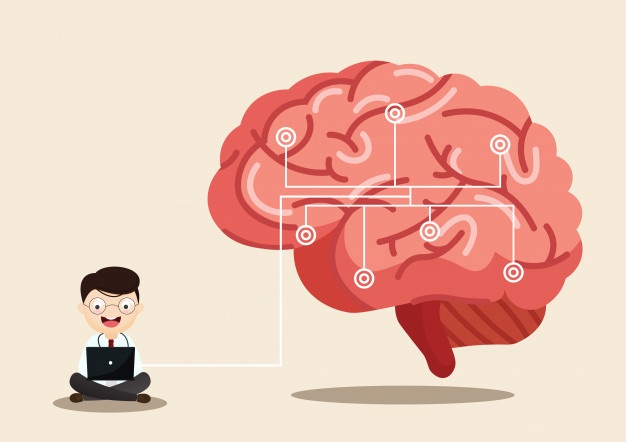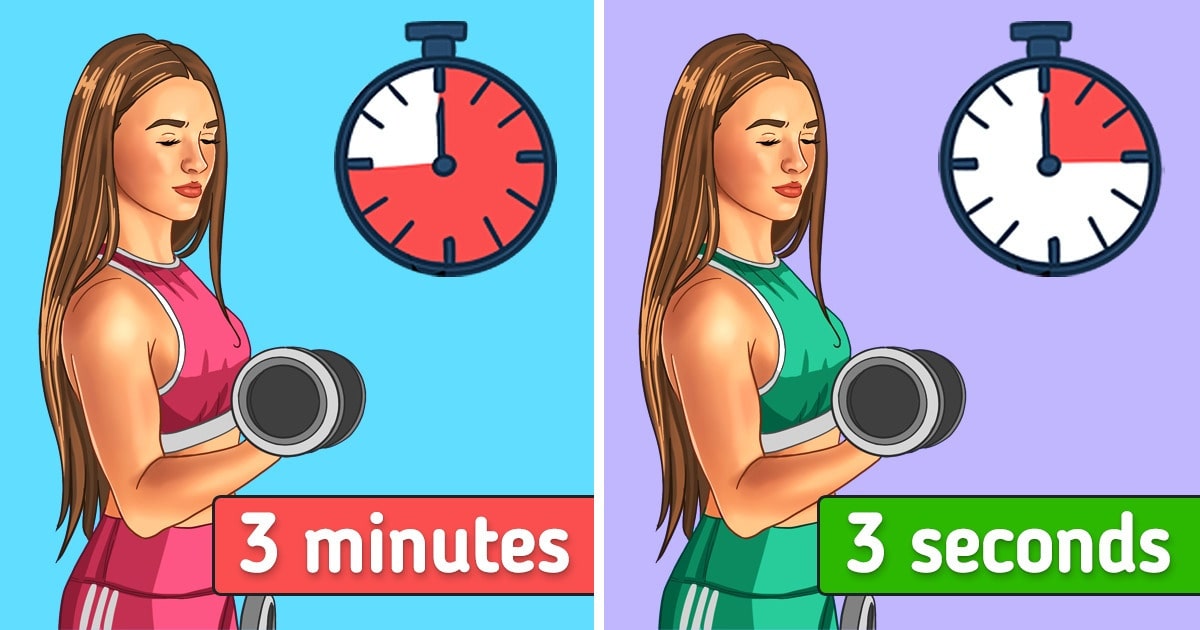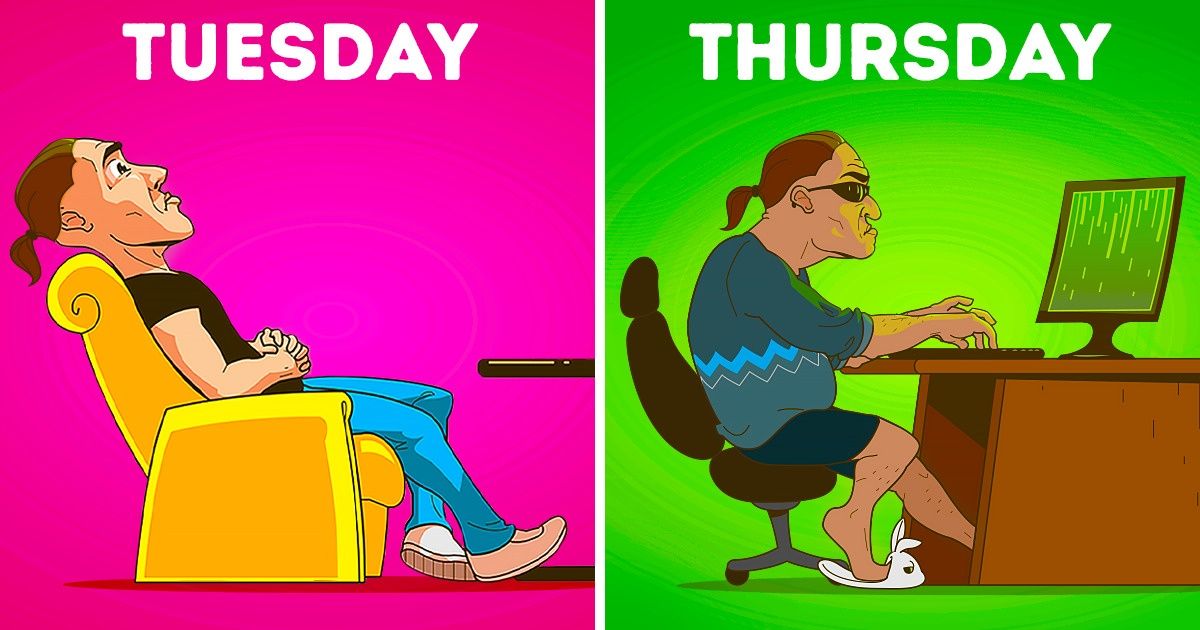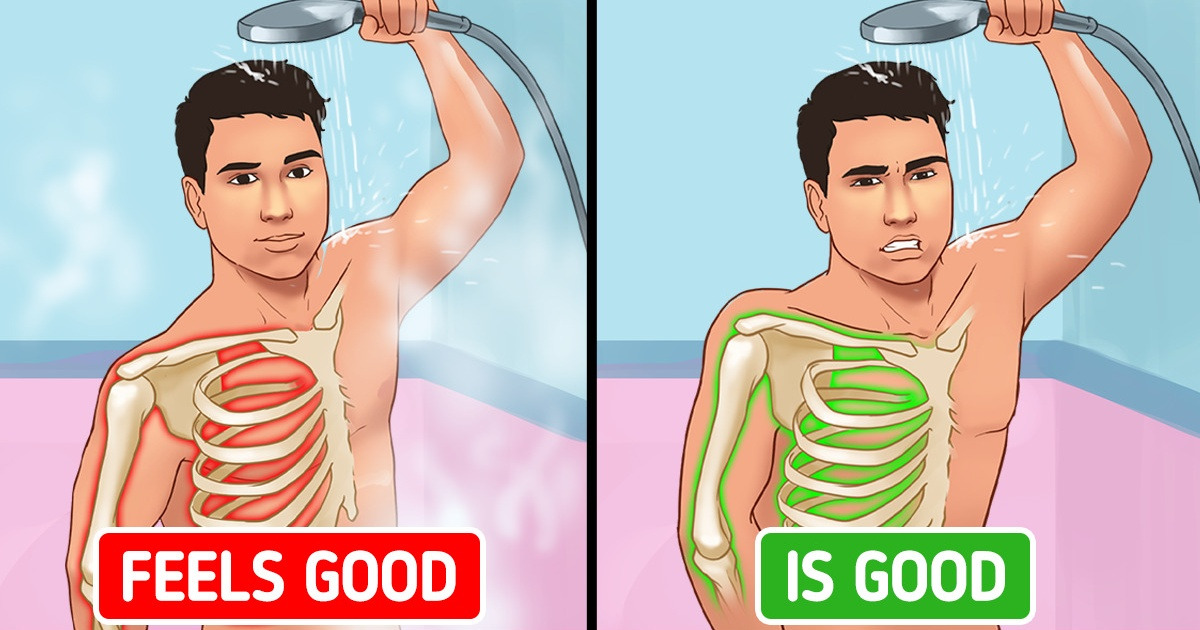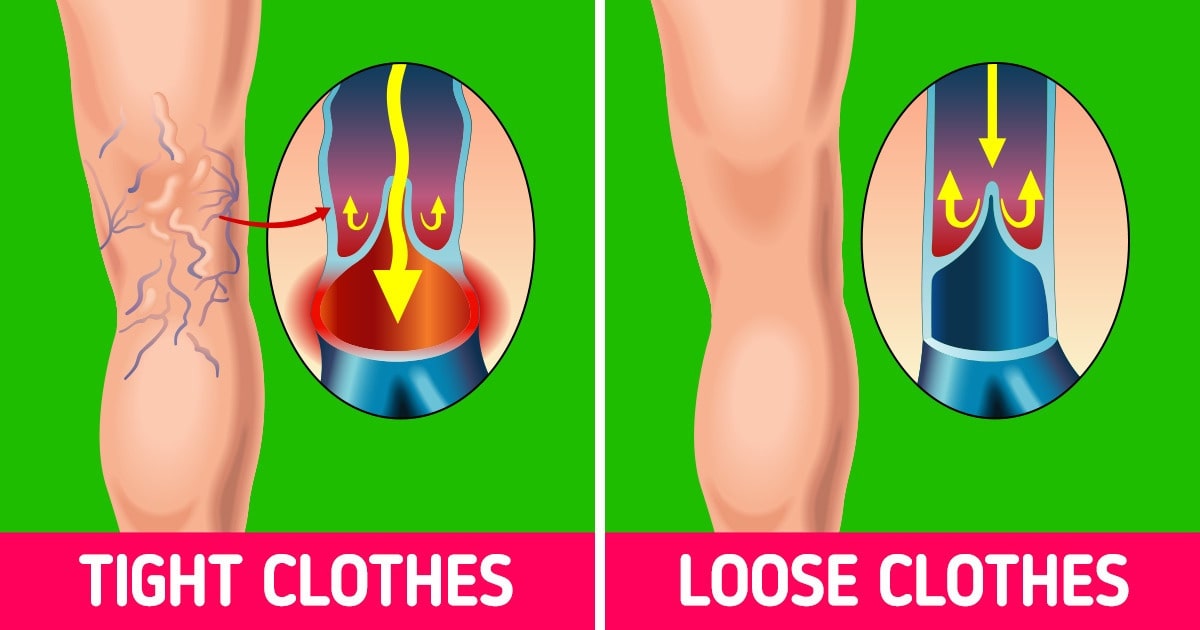Experiencing pains all over your body can be alarming. Whether it’s persistent aches, joint stiffness, or unexplained muscle pain, recognizing the early signs of chronic pain is crucial for long-term health. In this detailed guide, we’ll explore the symptoms that should never be ignored, debunk common myths surrounding body pain, and provide actionable strategies on what to do if you’re experiencing widespread pain.
Persistent, unexplained pain is not something to dismiss. In many cases, it could be a symptom of an underlying condition such as fibromyalgia, rheumatoid arthritis, or even systemic infections. By understanding your symptoms, debunking misconceptions, and knowing when to seek professional help, you can take proactive steps towards better health. Read on to learn more and explore credible resources from Mayo Clinic and Healthline.

Recognizing the Symptoms: When Widespread Pain Signals a Deeper Issue
Understanding the symptoms of widespread body pain is the first step in addressing your health concerns. Chronic pain isn’t just about discomfort; it often accompanies other symptoms that may indicate a more serious condition.
Common Symptoms of Chronic Body Pain
- Persistent Muscle and Joint Aches: If you experience continuous pain in your muscles and joints without any apparent injury, it could be a sign of an inflammatory condition or fibromyalgia.
- Fatigue and Exhaustion: Chronic pain often goes hand in hand with extreme fatigue. When your body is in a constant state of discomfort, your energy levels can plummet.
- Sleep Disturbances: Insomnia or poor-quality sleep is a common complaint among individuals with widespread pain. Lack of proper sleep can further exacerbate pain levels.
- Stiffness in the Morning: Waking up with stiffness that gradually improves throughout the day might be indicative of conditions like arthritis.
- Sensitivity to Touch and Pressure: If minor pressure causes significant pain, it’s important to monitor this symptom as it could indicate a nerve-related issue.
Recognizing these symptoms early is essential. For instance, if you’re dealing with joint pain along with persistent fatigue, consulting with a healthcare provider can help determine if there’s an underlying inflammatory or autoimmune process. According to NIH, early diagnosis and intervention in chronic pain conditions significantly improve the quality of life and treatment outcomes.
When to Seek Medical Help
It’s crucial to understand that while occasional aches can be normal, persistent and unexplained pain should never be ignored. If your symptoms include any of the above, especially when accompanied by significant fatigue or sleep disturbances, it’s time to consult a doctor. Early intervention can lead to better management of potential chronic conditions.

Debunking Common Myths About Chronic Body Pain
Many misconceptions surround the topic of widespread body pain. These myths can lead to mismanagement of symptoms and delay in receiving proper treatment. Let’s set the record straight.
Myth 1: “Body Pain is Just a Part of Aging”
A common misconception is that pain in the body is an inevitable part of getting older. While aging can lead to some wear and tear, chronic pain is not a normal part of aging. Persistent pain is often a symptom of underlying health issues that require medical evaluation and treatment.
Myth 2: “It Will Go Away on Its Own”
Many people believe that if they ignore the pain, it will eventually subside. Unfortunately, this is not the case. Ignoring persistent pain can lead to worsening symptoms and may even cause irreversible damage. Research from WebMD emphasizes the importance of early intervention in preventing the progression of chronic conditions.
Myth 3: “Over-the-Counter Painkillers are a Long-Term Solution”
While pain relievers can provide temporary relief, they do not address the underlying causes of chronic pain. Relying solely on medications without proper diagnosis and treatment planning may lead to further complications.
Myth 4: “Only Athletes Experience Chronic Pain”
Another prevalent myth is that only athletes or physically active individuals suffer from chronic pain. In reality, chronic pain affects millions of people across all age groups and lifestyles. It is important to recognize that everyone’s body is different, and chronic pain can stem from a variety of sources, including stress, poor posture, and underlying medical conditions.
By debunking these myths, we can foster a better understanding of chronic pain and encourage individuals to seek proper medical advice. Credible sources like Mayo Clinic provide extensive research and patient guidelines that can help clarify common misconceptions.

What To Do: Effective Strategies for Managing Widespread Body Pain
Taking action when experiencing widespread body pain is critical. There are several strategies you can implement immediately to help manage your symptoms and improve your overall quality of life.
Step 1: Consult a Healthcare Professional
The first and most important step is to seek medical advice. A healthcare professional can conduct a thorough examination, order diagnostic tests, and determine the underlying cause of your pain. Don’t hesitate to schedule an appointment if you’re experiencing persistent symptoms. Early diagnosis is key to effective treatment.
Step 2: Maintain a Pain Diary
Keeping a detailed record of your symptoms can be incredibly helpful. Note the time, duration, and intensity of your pain, as well as any triggers or alleviating factors. This information can provide valuable insights for your doctor and help tailor your treatment plan.
Step 3: Explore Pain Management Options
There are multiple treatment avenues available for chronic pain. These include:
- Medication: Depending on your condition, your doctor may prescribe anti-inflammatory drugs, muscle relaxants, or other medications.
- Physical Therapy: A tailored physical therapy program can help strengthen muscles, improve flexibility, and reduce pain.
- Alternative Therapies: Techniques such as acupuncture, massage, and chiropractic care have shown promise in managing chronic pain.
- Cognitive Behavioral Therapy (CBT): CBT can help manage the emotional aspects of chronic pain and improve your coping strategies.
- Lifestyle Changes: Regular exercise, a balanced diet, and proper sleep hygiene can significantly improve your overall well-being and reduce pain symptoms.
For more comprehensive guidance, resources from Healthline offer valuable insights into effective pain management strategies.
Step 4: Stay Informed and Proactive
Educate yourself about your symptoms and potential conditions. Reliable online resources and support groups can offer guidance and community support. Staying proactive about your health can empower you to make informed decisions and take control of your pain management journey.
Mapping Your Pain Points: A Comprehensive Guide to Tracking and Understanding Your Symptoms
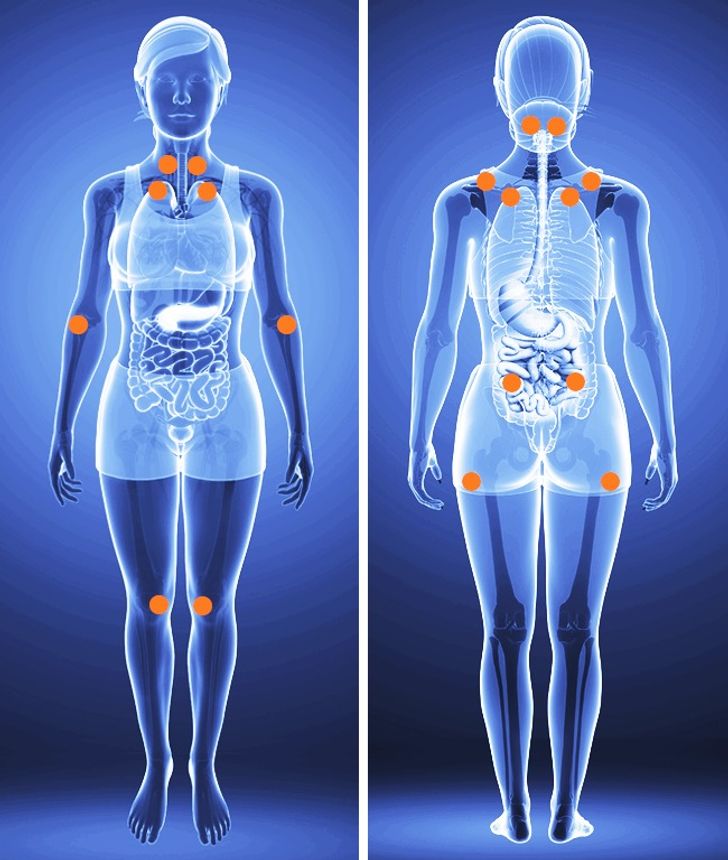
Understanding where and why you experience pain is an important part of managing your condition. Creating a “Pain Points Map” can help you visualize the areas affected and identify patterns that may point to underlying issues.
How to Create Your Own Pain Points Map
- Document Specific Areas: Use a simple diagram of the human body to mark where you experience pain. Note the severity and type of pain in each area.
- Identify Patterns: Over time, review your pain map to see if there are any recurring areas of discomfort. This can help identify triggers such as repetitive strain or poor posture.
- Track Daily Changes: Record how your pain levels change throughout the day. This information can reveal whether certain activities or times exacerbate your symptoms.
- Share with Your Healthcare Provider: A detailed pain map can be a valuable tool for your doctor. It provides a visual representation of your symptoms and can assist in diagnosing potential conditions.
Tools and Apps for Pain Tracking
In today’s digital age, there are numerous apps available that can help you track your pain and manage your symptoms effectively. Apps such as “PainScale” and “MyPainDiary” allow you to log your pain levels, track triggers, and even generate reports to share with your doctor. These tools not only provide convenience but also offer insights based on data analysis.
For additional support and detailed guides on pain management, you can explore information from the American Chronic Pain Association and other reputable sources.
The Importance of Regular Monitoring
Regularly updating your pain map and diary can significantly improve the management of chronic pain. By consistently tracking your symptoms, you can better understand your body’s responses and make informed decisions about lifestyle changes or treatment adjustments. This proactive approach is essential for long-term pain management and overall health improvement.
Integrating Lifestyle Changes for Long-Term Pain Relief
Beyond medical treatment and monitoring, lifestyle modifications can play a significant role in managing widespread body pain. Here are some actionable lifestyle changes that may help reduce your pain levels:
Regular Exercise and Physical Activity
Engaging in low-impact exercises such as swimming, walking, or yoga can help strengthen your muscles, improve joint mobility, and reduce pain. Exercise releases endorphins—natural painkillers—that can help alleviate discomfort and improve mood. For tailored exercise programs, consult resources from Mayo Clinic which offer expert advice on safe exercises for individuals with chronic pain.
Balanced Nutrition
A healthy, anti-inflammatory diet can be a powerful tool in managing chronic pain. Focus on incorporating:
- Omega-3 Fatty Acids: Found in fish like salmon and mackerel, omega-3s help reduce inflammation.
- Antioxidant-Rich Foods: Berries, leafy greens, and nuts can combat oxidative stress.
- Whole Grains and Lean Proteins: These provide essential nutrients without triggering inflammation.
Nutrition plays a critical role in overall health. For detailed dietary recommendations, consider visiting Healthline or Harvard Health Publishing.
Stress Management and Mental Health
Chronic pain is often linked to stress and anxiety. Practices such as meditation, deep-breathing exercises, and mindfulness can help reduce stress levels and improve your overall mental well-being. Cognitive Behavioral Therapy (CBT) is another effective method to help manage the psychological aspects of chronic pain. By addressing both the physical and emotional components of pain, you can achieve a more balanced approach to healing.
Sleep Hygiene
Quality sleep is essential for healing and recovery. Establish a regular sleep schedule, create a comfortable sleep environment, and avoid stimulants before bedtime. Poor sleep can exacerbate pain, so prioritizing rest is a critical component of any pain management strategy.
Conclusion: Taking Control of Your Chronic Pain
Widespread body pain should never be ignored. Whether you’re experiencing persistent muscle aches, joint stiffness, or unexplained fatigue, understanding your symptoms and taking proactive steps is essential for long-term health. By recognizing the warning signs, debunking common myths, and implementing effective strategies—from seeking professional help to mapping your pain points—you empower yourself to manage and reduce chronic pain effectively.
Remember, early diagnosis and a comprehensive approach to treatment are key. Your health is paramount, and while chronic pain can be overwhelming, there are many strategies and resources available to help you navigate this challenge. Whether through lifestyle changes, modern tracking tools, or professional medical advice, taking charge of your pain management journey is the first step towards a healthier, more comfortable life.
For further reading and support, consider visiting reputable resources such as the American Chronic Pain Association, Mayo Clinic, and Healthline. These sources offer expert advice, research-backed information, and community support to guide you on your journey to better health.
Every step you take towards understanding and managing your pain is a step toward reclaiming your quality of life. Don’t hesitate to reach out to healthcare professionals if your symptoms worsen or if you need personalized guidance. Your well-being is worth every effort.
Preview photo credit depositphotos
Based on materials from cdc, nrc, paindoctor, niams.nih, health

